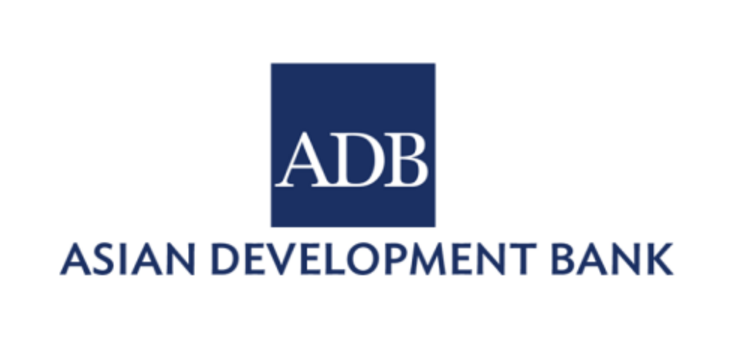October 14, 2020 (MLN): Remittances are the major flows into Low Income (LIC) and Lower Middle Income (LMC) countries. Among 165 million migrant workers across the globe, around 68% are in high-income countries.
According to the presentation report of the International Monetary Fund (IMF) having the title “Are remittances flows another casualty of COVID-19?”, the expatriates sent $550 billion US dollars in 2019. The report evaluated the impact of COVID-19 on remittances.
During 2004-2018, receiving a 35% share of remittances in GDP, Tajikistan is among the top countries worldwide, followed by Bermuda with 31.6% while Tongo’s percentage share of remittance in GDP is 28.2%.
The study showed that remittances are a crucial source of income for LICs and Fragile States as they help households use them to increase & buffer consumption along with spending on health & education. They are also used to alleviate credit constraints and increase self-employment & informality.
On the other hand, the governments of remittance-dependent countries use remittances to build fiscal space as they affect tax revenues in these countries. These are also used for the provision of public goods. Most importantly, the portion of remittance flows is used to help pay for imports and external debt service. Not only this, but they are served as a counter-cyclical flow.
The effect of remittances on sectoral employment explains the sectoral shifts in employment structure. The figure below illustrates that employment flows out of the agriculture sector while moving into service-oriented sectors. Here, it is clearly seen that agriculture, pubic administration and manufacturing employment are negatively related to workers’ remittance while construction, real estate and business administration and transportation are positively related to remittances.
The ongoing economic crisis caused by COVID-19 poses a serious threat to the ability to send money home as per IMF staff calculations, remittances outflow from USA will likely decline by 15% in 2020. the flow of remittances from the Euro Area is projected to experience a negative growth of 19% while IMF anticipated a 13% decline in remittance from Gulf remitting countries in 2020.
Remittance flows can still defy expectations as Pakistan reported a large increase in remittance inflows in July 2020: $2.7 billion total which is a 12% increase over June 2020 and a 36.5% increase YoY. This increase in remittance was attributable to online transactions, cancellation of Hajj, flights, and changes in regulation as minimum transfer lowered from $200 to $100.
Another example is Mexico which reportedly witnessed a 7% YoY increase in remittance inflows in July 2020 as a result of US stimulus package that reached migrants along with the high mobility of migrants as they are able to move to where the jobs are.
The report underscored that the global crisis is taking a severe toll on workers’ remittances as households of recipient countries see a drop in consumption and reduced spending on public health and education. Their finances are more directed to solve food shortages and basic needs. On top of all, the labour markets which are already brimming with unemployed youth, the loss of employment and wages in recipient countries during crisis put more pressure on their public health system.
The exceptional effect of this crisis is to tighten financial constraints in LMCs and LICs when there are much to be done by the public sector, protecting the population from the effects of widespread negative shocks of pandemic and helping local economies. The loss of tax revenue as a result of the reduction in remittance-supported consumption will only worsen the situation for governments that are already stranded for finance and funds and strictly undermine their capability to involve in countercyclical financial measures.
Regarding financial and private sectors’ implications on remittance due to pandemic, the research predicted that banks in migrant-source countries are likely to see a drop in deposits. Banks rely on remittances flows which are a cheap source of deposit funding due to higher inflows. Unfortunately, these banks are now seeing an increase in the cost of their operations, and their ability to increase credit. Moreover, the private sector has to deal with even stricter credit requirements from banks, in addition to losing remittances, resulting in lower demand for their services and products.
This prolonged catastrophe could have monetary policy implications on remittances as well. Many recipient countries have fixed exchange rate regimes. The currency depreciation could potentially worsen the economic situation of some of these LICs and LMCs that are indebted to foreign currency, further depressing local demand and consequently shrinking local economies.
The study also highlighted that this crisis could exacerbate pressure on the labour markets of rich countries, as out of work migrants could lose residency and be forced to return home, heightening social pressure in countries already struggling with epidemic and potentially fuel spillover beyond borders of recipient countries.
The study recommended what host countries must do in a crisis situation which includes;
- Protect citizens and migrant workers alike (paycheck, employment protection)
- Extend social protection
- Improve accommodations
- Help reduce the high cost of remitting
- Digitization and Fintech solutions
This crisis makes it clear that as a global community, rich and poor countries, are all in this together.
Copyright Mettis Link News
37447









